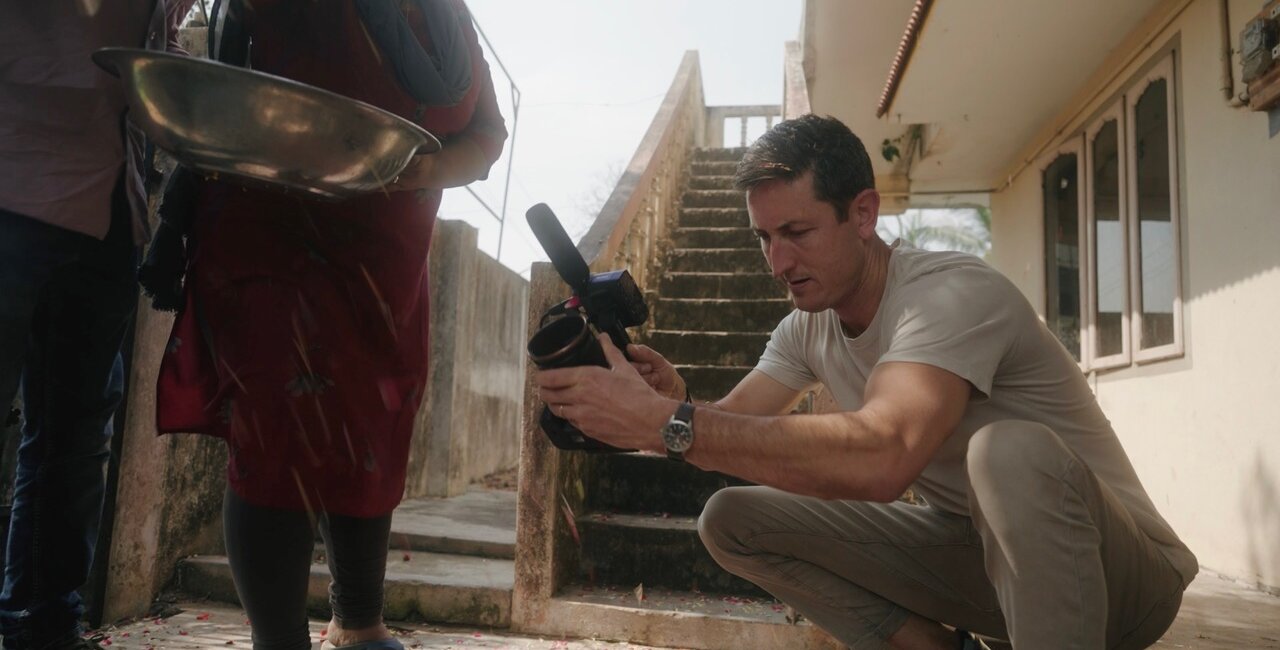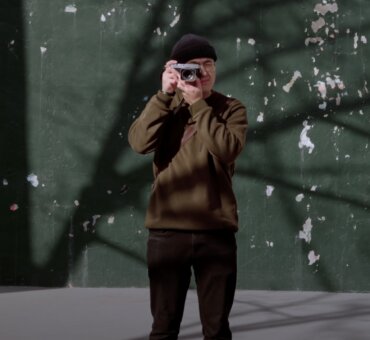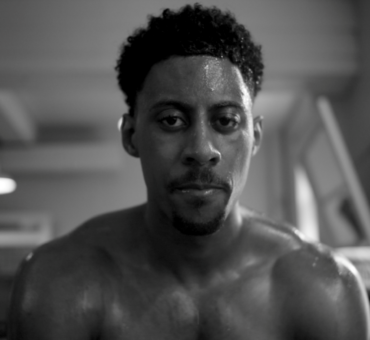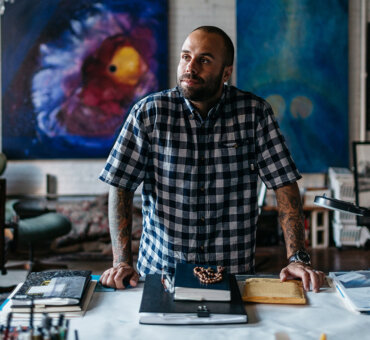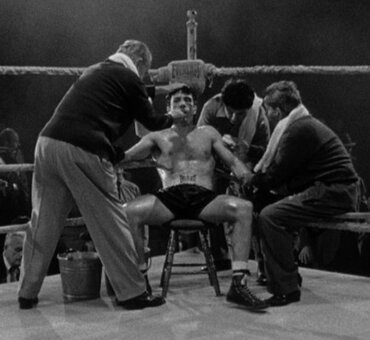The beauty of documentary storytelling is that it engages the audience in a more personalized way. Oftentimes, the viewer feels a sense of connection to the story and may even find themselves relating to one or more of the characters.
For Director Jake Viramontez, creating a powerful documentary means telling a story that both raises awareness and creates meaningful change. Jake found that by giving away films to non-profits, he could build an alliance of partnerships with the likes of Sony and Musicbed — to tell stories for social good. That’s what led him to create SOWN; Storytelling for Social Good—a place where non-profits and filmmakers could collaborate and tell stories that would result in an exponential impact.
The success of SOWN led Jake to more opportunities than he could have imagined. His idea became a seed sown in the ground that eventually transformed into a shade-giving tree for the whole community.
We talked with the acclaimed director to learn more about his filmmaking journey, the origin of his interest in working with non-profits, and how music plays such a big part in telling a story for social good.
Musicbed: How did your filmmaking journey lead you to an interest in working with non-profits?
Jake Viramontez: I wanted to make films that would have a long-term impact. Prior to working with non-profits, I was doing high-end commercial work in L.A. — but the grind of pouring my heart into a project, only to have it air and then go away, felt a bit empty.
So, I started searching for what was next in my journey as a filmmaker. I began to look back at my work with non-profits in foreign fields as a teen. That work highlighted the efforts of medical professionals that were helping people in areas without access to medical care. This gave birth to the film “Our Own”. It was produced without cost to the organization to help them tell their story, gain exposure, and raise funds.
What is the secret sauce for working with non-profits?
There’s harmony between non-profits and filmmakers because we are both storytellers by nature. We both want to move people and make a difference.
I found that I was able to work with non-profits to identify strong visual stories with key protagonists and obstacles that they are working to overcome. The organizations could help identify a person or a family that would exemplify their mission. And then, I could begin to build an outline for a video around the beats of their journey.
Of course, all films need an audience. And that was another thing that non-profits could provide. Most organizations spend a significant portion of their resources building their audience of supporters. This “built-in” audience could help share the films being created — to amplify the message, and not to a general audience but to people who care about the vision.
For instance, in “Small Steps for Compassion”, a film about orphaned girls in a skate park in Tanzania, they uncovered the need to build a new school for the girls. The film resulted in $300,000 in fundraising to build a new school. That’s the kind of impact the combination of non-profits and filmmakers can bring.
What makes a story visually appealing?
One key ingredient that I look for is a story that is “visual.” The number of stories of those in need is endless, so it’s important for me to identify a story that makes sense to tell and will work well visually.
For instance, the film on the skate park makes perfect sense for the medium of filmmaking. There’s action and emotion, as well as physicality to the story.
It also helps when a story has a strong beginning, middle, and end. Even in a short film, the film’s subjects must go on a transformative journey. Unexpected developments should drive emotional investment for the viewer as well as empathy with the film’s subjects.
What type of camera did you use to film “Our Own”?
I found a partner in Sony when they released their compact, lightweight FX3 camera. I actually reached out to Sony to see if they’d like to send me a camera to help me make a film highlighting a non-profit, so I could later give it to them.
They took me up on the offer, and my film “Our Own” caught the attention of Sony’s leadership in Japan. They decided that Sony wanted to support my efforts by funding more films and providing gear to organizations through a program they established.
This combination of technical advancement, corporate sponsorship, vision, and creativity is what it takes to really “move the needle” for these non-profits so that they can place more focus on helping people in need.
How important is music in your filmmaking?
The musical vibe is critical, as I believe that music truly guides us through a film. It helps orient our feelings and amplifies the images on the screen. That’s why I often work through musical tracks made available through Musicbed before leaving for production. Discovering an emotional thread in a piece of music can actually serve to guide the story I’m setting out to tell.
With film music, and particularly with MusicBed, when you have high-quality scores to choose from, I use them in two specific ways. One way is before I ever shoot the film, I’ll listen through tracks to get the feeling and the tone of the film before I start shooting. And sometimes, I’ll identify a track that I know I want to use prior to. So, it’s a good way to help build the sort of tonal world of the film before you even press record. So that’s a cool way to use it!
On the other side of it is that a lot of times you’re conveying really difficult messages about the lives of these nonprofits and the people that they serve. Oftentimes the sort of working understanding of a nonprofit is that they’re trying to bring someone out of pain and hardship into joy and life and celebration.
In some cases, I select music in advance, and other times, the film music comes in afterward, as I look to use the music to express the trials and victories of the people in my films. Either way, music is an essential element in telling a visual story.
How has Musicbed helped to elevate your non-profit films?
As a storyteller, you have to make sure that you do justice to the difficult times in order to understand how powerful the positive times are — and that’s really where you get the arc of the film. So, sometimes you have to have music that can bring the audience into a world that’s a little bit darker and a little bit more painful, but without feeling, like you’re condescending to the reality of the person.
The thing that I love about Musicbed is that I’m able to source music that draws upon emotions that are a little bit heavier without feeling like I’m judging the story that the person went through. It allows me to be more sympathetic and to show empathy.
As it relates to working with non-profits, Musicbed has been a huge advocate for me from the very beginning. I’ve had a longstanding relationship with Musicbed dating back to doing passion projects for Syrian refugees in Jordan that Filmsupply premiered — for my film “Killing the Rock.”
I’ve maintained an ongoing relationship with Musicbed, and they continue to have a strong heartbeat for the organization. When I talked to them about what I was doing (giving away films for free), they not only threw their full weight behind it from a company perspective, but they said, “We want to open up our list of ambassadors to you.”
What advice would you give other filmmakers interested in shooting non-profit stories?
I would probably say to a filmmaker reading this story, that if at any point he or she feels that sort of “stirring in their gut”, that they should listen to that. This isn’t for everybody and this is hard. Traveling across the world and going into communities where you don’t belong or you’re not from is challenging and tiresome.
The path that needs to get paved is unchartered, and you have to chart that course. So I can promise you that an experience like this molds you and shapes you. And for me, it’s molded me and shaped me into the person that I was designed to become. So, if that is “stirring”, then it may be that a small voice in the center of your being is whispering to you to take action. All you need is your own inspiration to go and do it.
What can audiences expect from your non-profit films?
It’s incredibly delicate to portray the suffering of someone else’s lived experience, so I always make sure to acknowledge their pain and suffering, but not end there. The subjects of these films are not to be pitied but, instead, seen as individuals filled with hopes and dreams, desires and goals. For example, “Wings International” highlights the protagonists’ humanity, individuality, and aspirations.
“I aim to highlight the hope, efforts, and spirit of those experiencing struggles. My goal is to communicate that we are all in this together, our communities are interwoven, and that by helping one another, we all gain.”
How can filmmakers and non-profits get involved with SOWN?
I’ve started partnering with filmmakers who have large YouTube audiences, and I go with them on assignments. They use their platform to share the work that we’re doing and further the reach — to provide a greater impact on the film. Both filmmakers and non-profits can put in applications and apply online.
SOWN then seeks to pair the right non-profit with the right filmmaker to produce a film at no cost to the organization. It may cost you a week or two of shooting and editing, but your efforts could transform someone’s world or an entire community in need.















































































